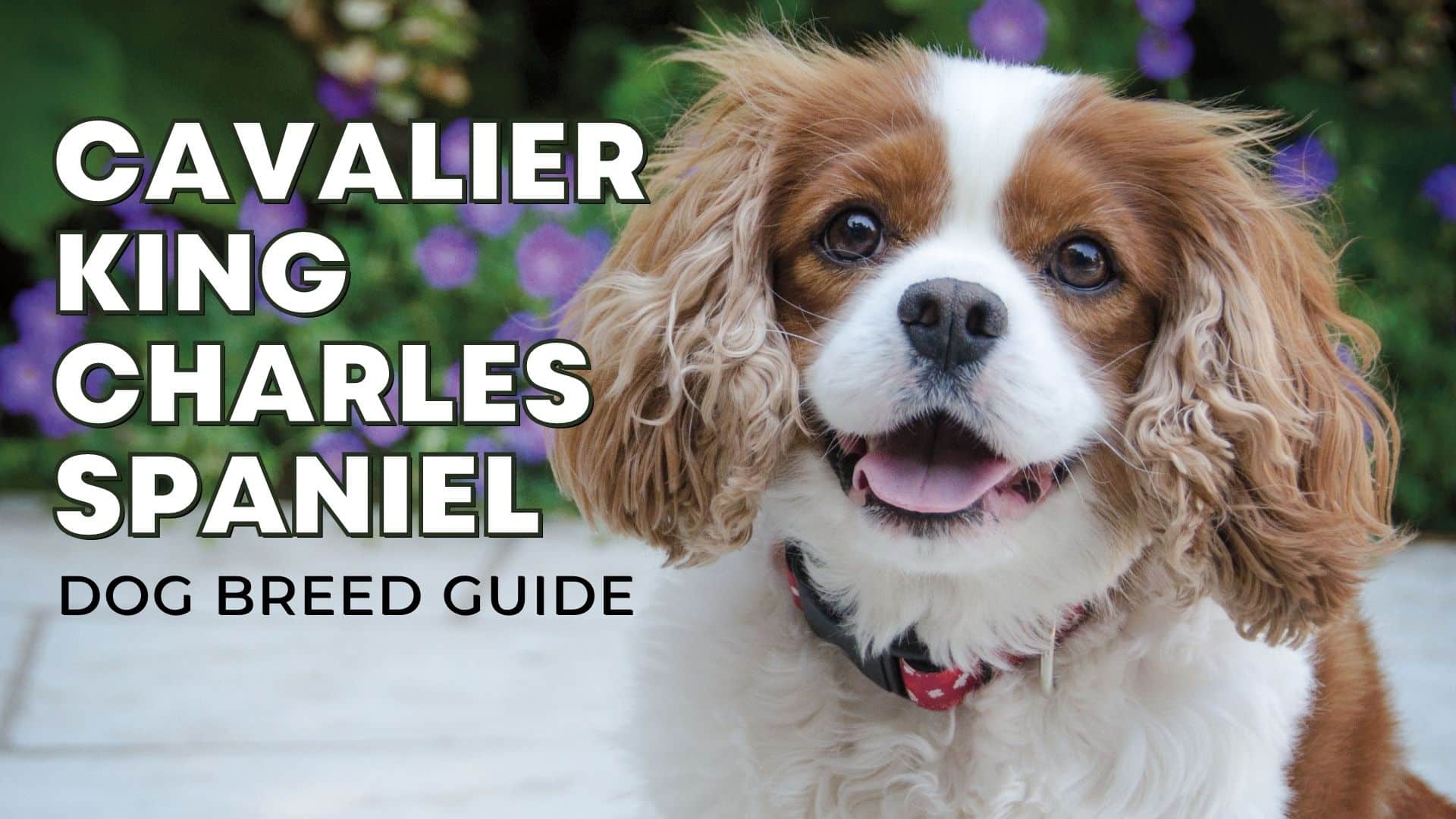The History of Cavalier King Charles Spaniels: From Royalty to Pet
Introduction
The Cavalier King Charles Spaniel, with its distinctive long, flowing coat and affectionate temperament, has been a beloved companion for centuries. Originally bred as a lapdog for royalty, the Cavalier's history is intertwined with the opulence and intrigue of the British court. However, this breed's journey from royal companion to cherished pet has been met with both adoration and controversy. This essay will critically examine the complexities of the Cavalier King Charles Spaniel's history, exploring its origins, its rise to popularity, and the ethical concerns surrounding its breeding and health.
Origins and Rise to Popularity
The Cavalier King Charles Spaniel is believed to have originated in the 16th century, a product of the crossbreeding of English Toy Spaniels and pugs. These small, affectionate dogs quickly gained favor with British royalty, with King Charles II famously declaring them his favorite breed. The Cavalier's popularity soared, and it became a ubiquitous fixture at the royal court and among the wealthy elite. Their charming appearance and playful demeanor made them highly sought-after pets. Such was their connection to royalty that they became known as 'Charles Spaniels' and later, 'Cavalier King Charles Spaniels.'
Selective Breeding and Health Concerns
Over time, selective breeding practices aimed at accentuating certain physical traits in Cavaliers led to a decline in their overall health. The breed's elongated skull, for instance, has resulted in a condition known as syringomyelia, a neurological disorder that can cause severe pain and discomfort. Additionally, their large eyes and domed forehead have contributed to an increased risk of eye problems such as cataracts and glaucoma.
Ethical Concerns
The health problems associated with the Cavalier King Charles Spaniel have raised significant ethical concerns among animal welfare advocates. Critics argue that the pursuit of specific physical characteristics has come at the expense of the breed's well-being. They advocate for responsible breeding practices that prioritize health and longevity over aesthetics. These concerns have led to debates within the dog breeding community, with some breeders embracing the use of DNA testing and genetic counseling to mitigate the risks associated with certain health conditions.
Changing Perspectives
In recent years, there has been a growing shift in the public's perception of purebred dogs. While purebreds were once the epitome of canine desirability, there is now a growing awareness of the health issues that can accompany selective breeding. Consequently, many people are opting to adopt mixed-breed dogs or rescue dogs, recognizing that these animals often have fewer health problems.
Conclusion
The history of the Cavalier King Charles Spaniel is a tale of both privilege and adversity. Once the cherished companion of royalty, the breed's popularity has waned somewhat due to ethical concerns surrounding its breeding and health. However, the Cavalier remains a beloved pet for many, and its unique appearance and endearing personality continue to captivate dog lovers. As we continue to learn more about the genetic implications of selective breeding, it is essential to balance our desire for aesthetically pleasing dogs with their overall health and well-being. By embracing responsible breeding practices and promoting awareness of the ethical concerns associated with certain breeds, we can ensure a healthier and happier future for our canine companions.
The Versatile Nature Of Australian Shepherds: Fun Facts
Why Asian Semi-longhair Cats Are Perfect Family Pets
The Role Of Aegean Cats In Greek Culture And Mythology
:max_bytes(150000):strip_icc()/Westend612-9237dcf5ace54f52a8d51e25af5a95e8.jpg)


/AmyLanePhotography-b0b91f2200394ba688e7271ad675176c.jpg)